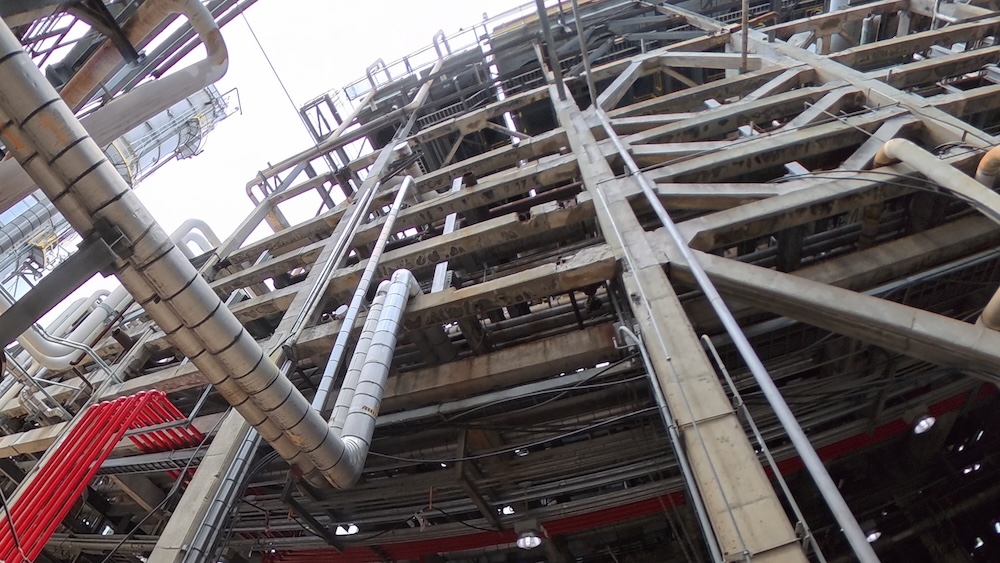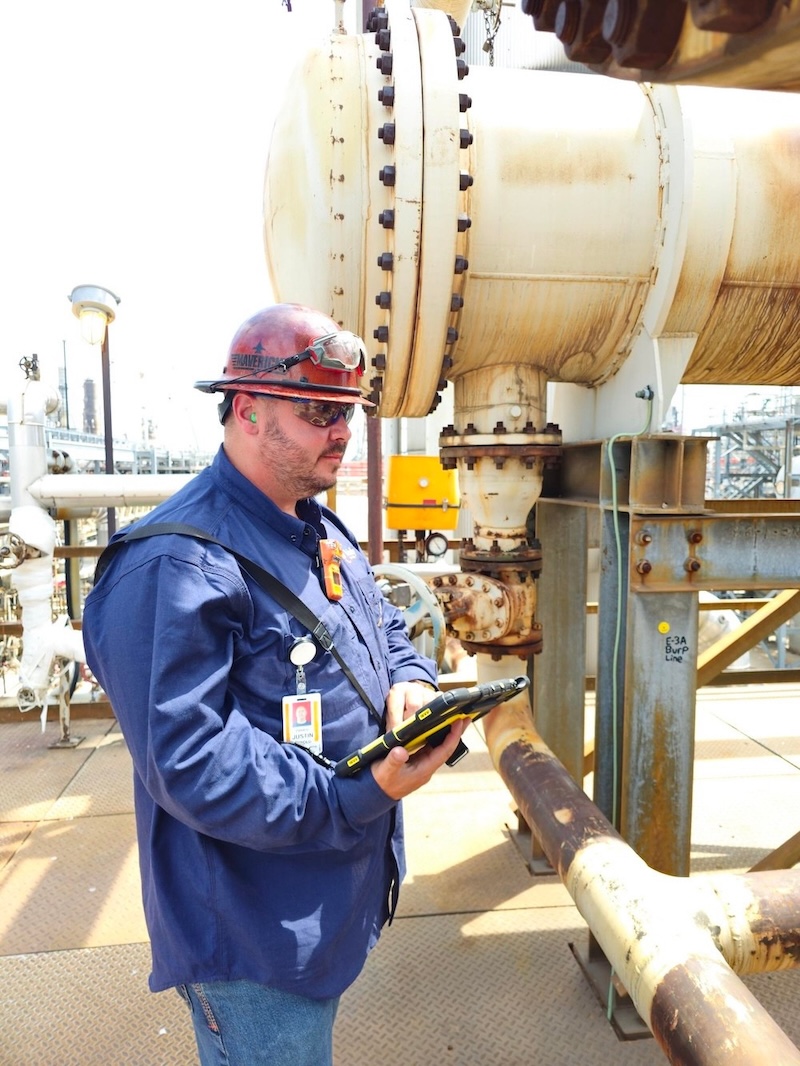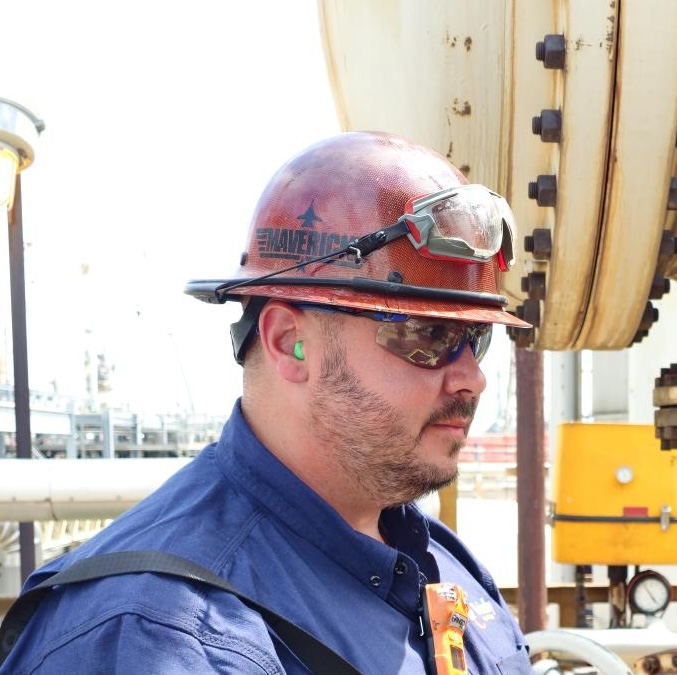Supporting a broad and diverse client base across the globe: Q&A with BE's Justin Arnold; API, CWI, Inspection Specialist and Team Lead

Justin Arnold brings a unique mix of technical expertise and industry knowledge to the Brindley Engineering (BE) inspection team and structural reliability programs at BE. We recently sat down with him to learn more about his role, the inspection programs at Brindley Engineering and his approach to inspection services at multiple types of facilities. BE’s Structural Reliability Program TM (SRP) provides a comprehensive infrastructure management system encompassing inspection, engineering, construction, quality control, and financial forecasting. It’s built upon Brindley Engineering’s proprietary Asset Management System TM (AMS) TM a data and technology platform built to provide cost efficiency, high quality, and enhanced analytics.
Q: How does Brindley Engineering integrate inspection into its engineering practice?
A: Brindley Engineering is a multidisciplinary firm that strategically integrates inspection into the engineering process to enhance quality, efficiency, and reliability. Our inspectors hold certifications from recognized organizations such as the American Petroleum Institute (API), American Welding Society (AWS), International Concrete Repair Institute (ICRI), and others. These professionals are not just field technicians—they are critical contributors who gather accurate and relevant field data for our engineers to analyze.
What sets Brindley apart is that our inspectors and engineers work in close collaboration under the same organizational umbrella. This eliminates the need to rely on third-party data, improves communication, and leads to faster, more informed decision-making. By having direct control over the inspection process, we ensure a more consistent and higher-quality deliverable for our clients.
Q. Can you walk us through your experience inspecting for Brindley Engineering?
A. Brindley Engineering supports a broad and diverse client base across the globe. As an inspector with BE, I’ve had the opportunity to travel internationally, encountering a wide range of environments and challenges. This exposure helps refine our inspection techniques and adapt to unique project needs.
We leverage proprietary tools such as our proprietary Asset Management System TM (AMS) TM and Structural Reliability Program TM (SRP) to streamline the field data collection process. These platforms allow us to efficiently gather, assess, and communicate information to our engineering teams—often in real time. Engineers then use this data to develop targeted repair plans and, where needed, support construction management efforts.
Our programs are dynamic and continuously improved, making them a key component in delivering reliable, data-driven solutions.
Q. Which codes and standards are you most familiar with (e.g., API, ACI, AWS, ASME)? How do you stay current on changes?
A. With over 15 years of experience in the petroleum, pharmaceutical, and chemical industries, I’m highly familiar with codes and standards from API, AWS, ASME, and ACI. Staying up to date is essential in our field, and Brindley Engineering supports that effort in several ways.
We maintain memberships with major standards organizations, participate in training, and actively monitor updates through our internal Inspection Committee. This committee ensures that code changes and industry best practices are communicated quickly across teams so that our work consistently meets or exceeds current requirements.
Q. How do you approach inspection at a large petrochemical refinery versus a small chemical or pharmaceutical facility?
A. Regardless of facility size, the process starts by understanding the client’s needs, ideally through in-person field walks. During these site visits, we explain our inspection methodology and demonstrate how it can align with the client’s specific operational goals.
Once scope and strategy are defined, our team, comprising of both engineers and inspectors, develop a tailored project execution plan. Upon mobilization, all inspections are conducted in accordance with applicable codes and standards. We also follow Brindley’s internal procedures to maintain consistency and quality across our inspection teams.
Field data is processed through our AMS, which allows us to objectively identify, categorize, and document defects. Whether we’re inspecting a large-scale refinery or a compact pharmaceutical plant, we apply the same rigorous standards and high-quality approach that Brindley Engineering is known for.
Want to Talk about Brindley Engineering’s Inspection Program and Structural Reliability Programs with one of our experts?
Get in touch today

